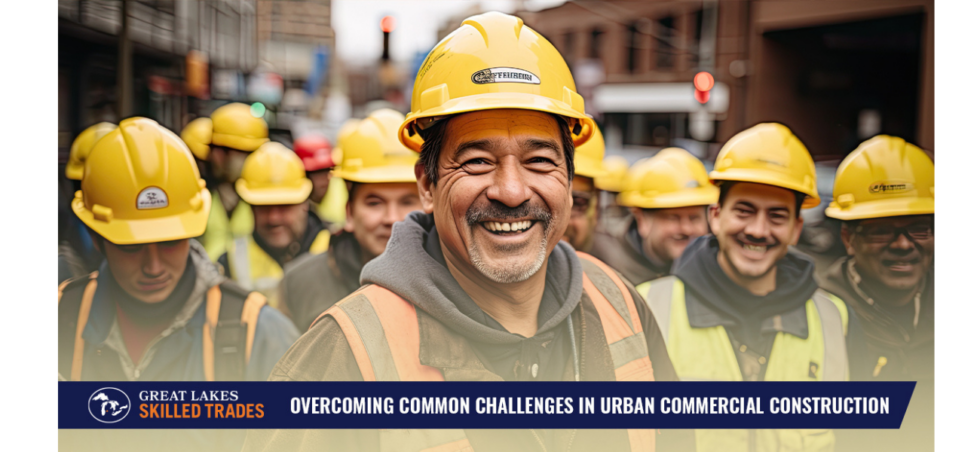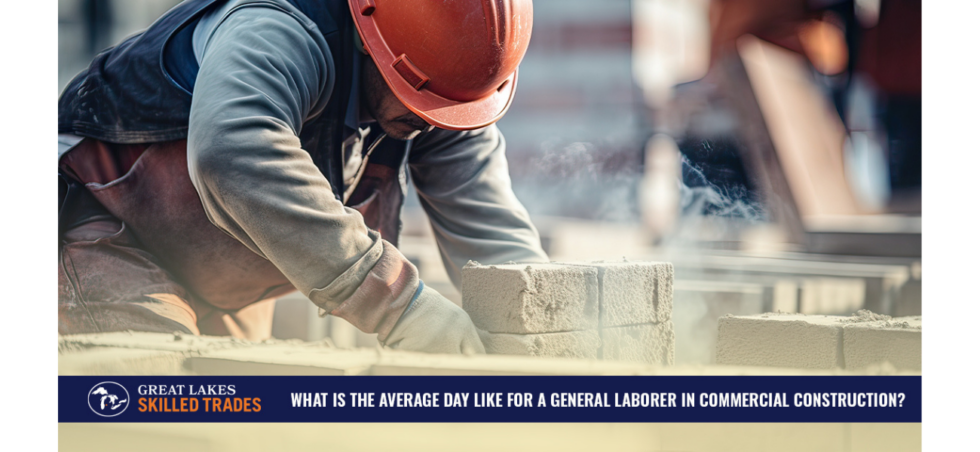Working with subcontractors is a way of life for any contractor. But these temporary workers can sometimes feel like outsiders. It’s worth making the effort to help them feel welcome and like part of the team, though. They will be more engaged and more productive, creating a direct positive effect on your bottom line. And they will be more likely to want to return for future projects, giving you an ongoing pipeline of subcontractors you know and like. Here are some easy ways to build a positive work culture for them.
Make Communication Easy
As a contractor, you are an expert in the business side of your company. You know how to bid on jobs, plan projects, pull permits, and more. And you also have some knowledge of each skilled trade involved, from painting to carpentry. But your subcontractors are experts in those skilled trades. They can assess their part of the project and quickly determine which materials and methods are best. They’re also your eyes and ears on the ground, and they can often spot a potential problem brewing before it is out of control.
So it only makes sense to set up multiple lines of communication. Give your subcontractors your office and cell phone numbers. Check-in on them at least every couple of days. Encourage them to share their thoughts.
Listen, Then Act
When subcontractors come to you with an issue or an idea, take the time to listen. Use active listening techniques such as clarifying and restating to ensure you understand what they’re saying. Then take action. You won’t necessarily be able to do exactly what the person is hoping for, but you might work together to brainstorm alternate solutions that would fit your business needs and the client’s requirements.
Value Everyone’s Input
Some contractors genuinely believe that they work well with subcontractors, but they only listen to the head of each team. Remember that even the newest electrician or plumber has a unique perspective that is worth exploring. Talk to the people who are actually doing the work, not just the ones who are overseeing them. This shows that you value their contributions and helps to create a positive work culture. And it just might lead to an innovative solution that hadn’t occurred to anyone else.
Need a Skilled Trade Professional?
At Great Lakes Skilled Trades, we specialize in connecting contractors with professionals in the skilled trades throughout the Great Lakes region. If you need a skilled tradesperson, learn more about our services and contact us today!









